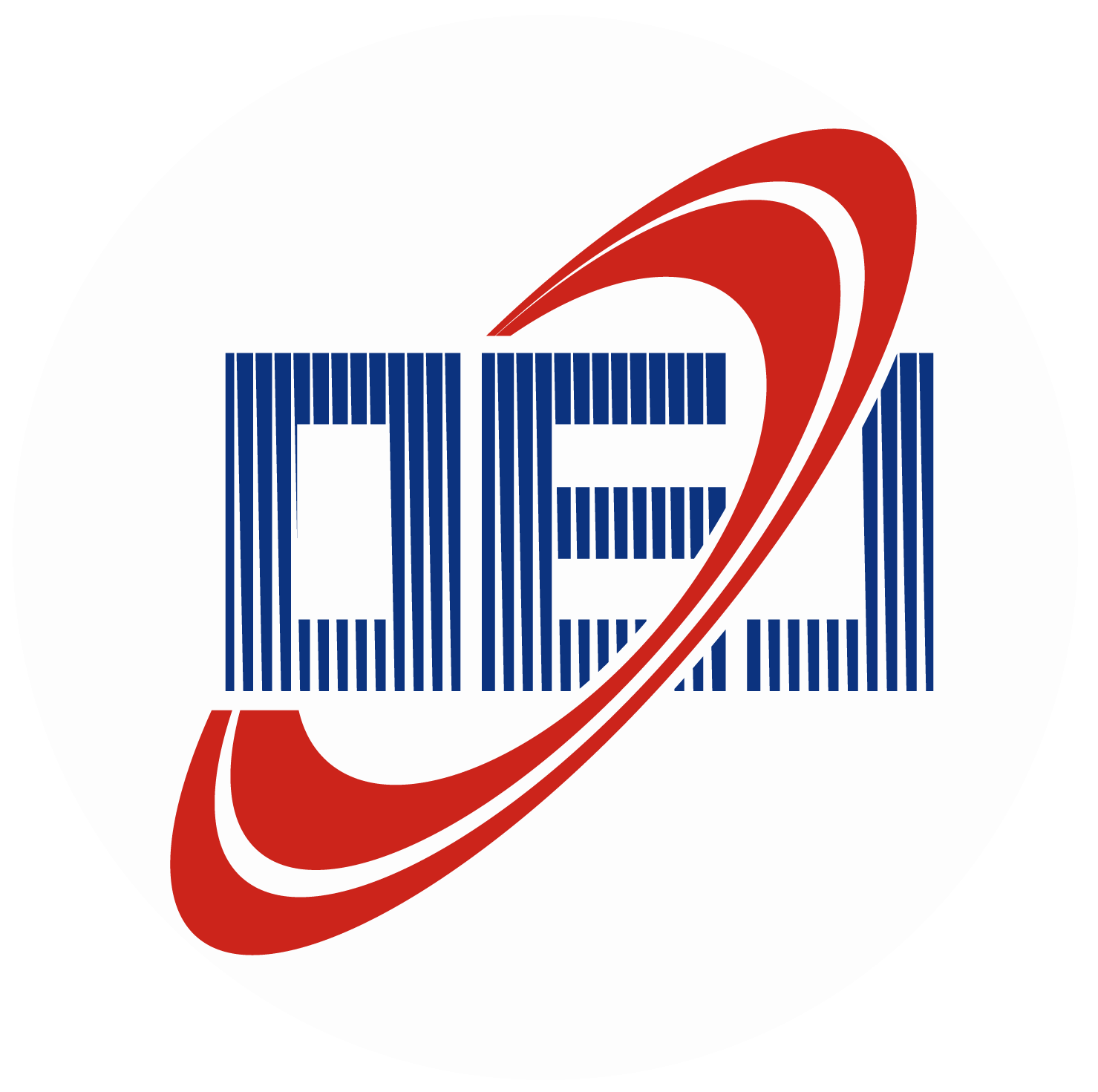-
Abstract
To address the challenge of prolonged acquisition times in magnetic resonance imaging (MRI), data-driven algorithms and the model integration have emerged as crucial approaches for achieving high-quality MRI reconstruction. However, existing methods predominantly focus on visual feature extraction while neglecting deep semantic information critical for robust reconstruction. To bridge this gap, this study proposes a model-driven architecture that synergistically combines hierarchical semantic networks with physical model networks, aiming to enhance reconstruction performance while maintaining computational efficiency. The architecture comprises four core modules: a context extraction module to capture rich contextual features and mitigate background interference; a multi-scale aggregation module integrating multi-scale information to preserve coarse-to-fine anatomical details; a semantic graph reasoning module to model semantic relationships for improved tissue differentiation and artifact suppression; a dual-scale attention module to enhance critical feature representation across different detail levels. This hierarchical and semantic-aware design effectively reduces aliasing artifacts and significantly improves image fidelity. Experimental results demonstrate that the proposed method outperforms state-of-the-art approaches in both quantitative metrics and visual quality across diverse datasets with varying sampling rates. For instance, in 4× radial acceleration experiments on the IXI dataset, our approach achieved a peak signal-to-noise ratio (PSNR) of 48.15 dB, surpassing the latest comparison algorithms by approximately 1.00 dB on average, while enabling higher acceleration rates and maintaining reliable reconstruction outcomes. -



 E-mail Alert
E-mail Alert RSS
RSS


